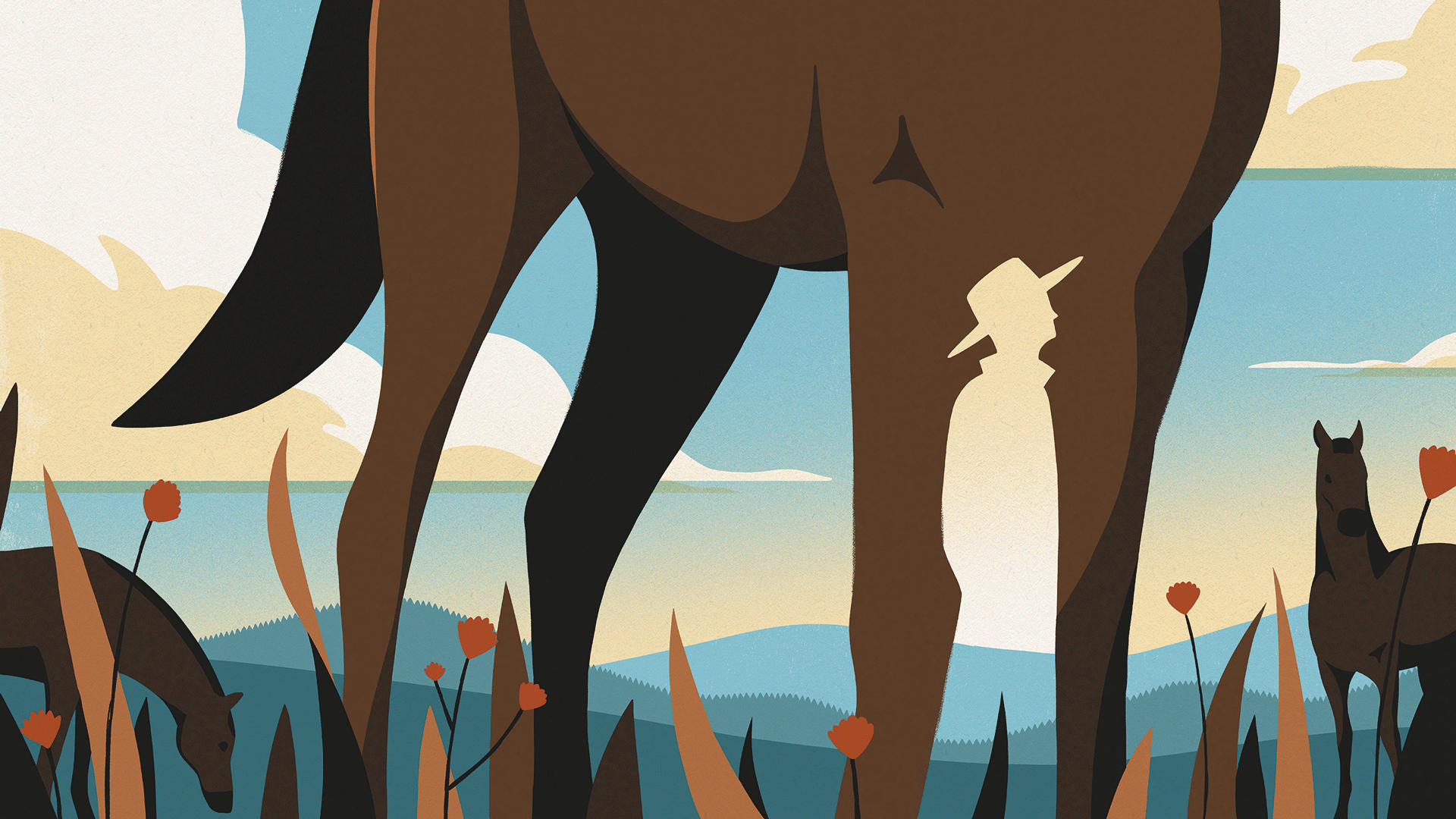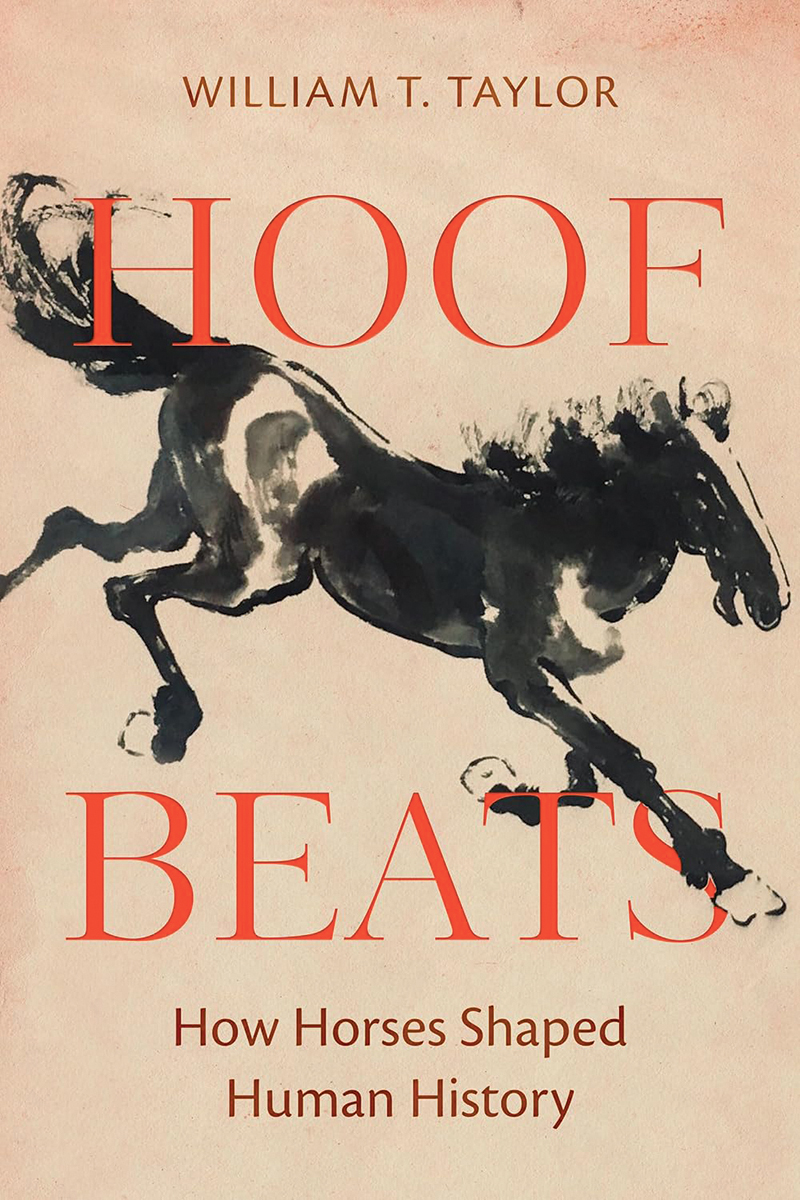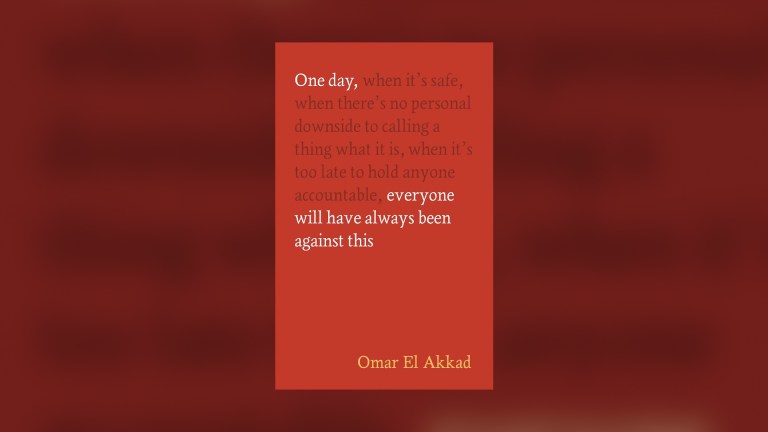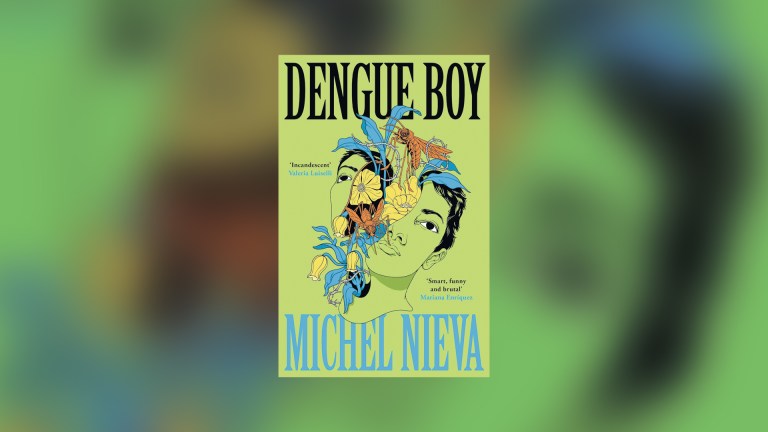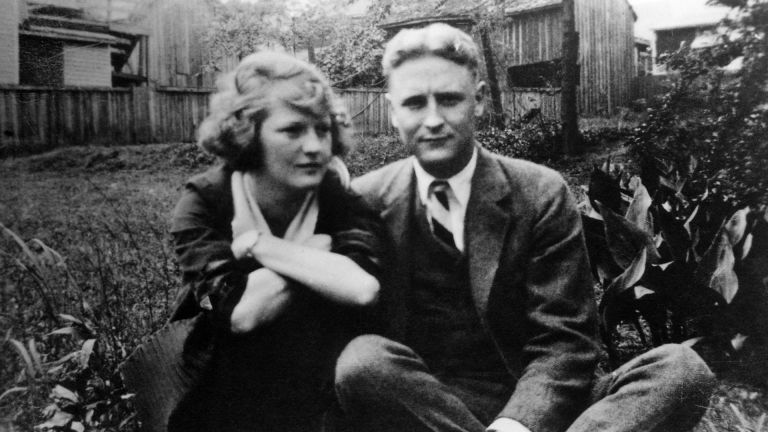Navigating the streets of London today, you might find yourself dodging everything from cars and cabs to motorcycles, e-bikes, pedestrians or even those annoying electric rental scooters. One mode of transport you likely won’t see much of in 2024, outside of the occasional novelty or tourist carriage, is the domestic horse.
But in fact only a handful of decades ago, the city streets of London and other urban centres around the world were abuzz with horses – with everything from agriculture to travel, communication and military taking place on horseback before the 20th century. In 1894, horses in the city were so numerous that The Times in 1894 proclaimed that “in 50 years, every street in London will be buried under nine feet of manure”. So where did all those horses come from, and where have they gone?
Get the latest news and insight into how the Big Issue magazine is made by signing up for the Inside Big Issue newsletter
Understanding domestic horses and how they built the world we live in today is a question that’s especially important to me. I grew up in Montana in the western United States, the grandson of a Montana rancher and son of a cowboy-turned-lawyer. I spent my childhood in a house filled with the trappings of horse culture, filled with paintings of western landscapes, mirrors made of horse harnesses and gaudy brass horse lamps.
At the same time, I lived in the suburbs, and hardly ever spent time around horses or livestock. As I began my career as a scientist, I was motivated by a deep curiosity about the history of horses and people, in part as a way of understanding my own family’s story.
In my new book, Hoof Beats: How Horses Shaped Human History, I outline what science has learned about our incredible and complex relationship with horses, and what it means for us in a rapidly changing world today.
